Witnessing a 74-Minute Total Solar Eclipse from a Plane in 1973
Imagine being a passenger on a plane and witnessing a total solar eclipse that lasts for a staggering 74 minutes. In 1973, this extraordinary phenomenon became a reality for those aboard Concorde 001. As the world’s fastest supersonic jet, it flew in the dark shadow of the Moon along the Northern Tropic during a total solar eclipse.
A Unique Experience in the Sky
Flying at an altitude of 55,000 feet (17,000 meters), Concorde 001 embarked on a 74-minute flight to observe the total solar eclipse. This daring idea had never been achieved before, and it captivated passengers from various backgrounds, including scientists, photographers, and astronomy enthusiasts.
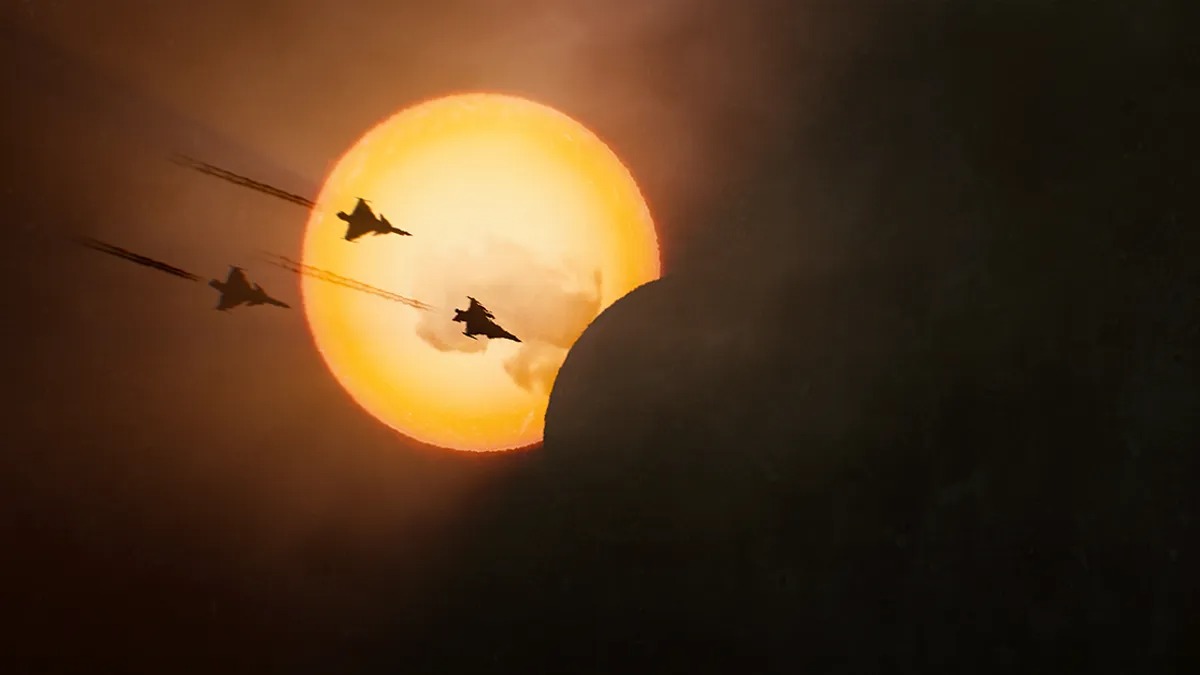
Caption: Concorde 001 taking off from Las Palmas, Gran Canaria, Spain, carrying 74 passengers, including scientists, photographers, and astronomy enthusiasts.
For seven observers from France, the United Kingdom, and the United States, this flight shattered all records for the longest total solar eclipse observation in human history. The eclipse’s path spanned approximately 156 miles (251 kilometers), with the Moon’s shadow moving at a speed of around 1,500 mph (2,400 km/h). Concorde flew at a speed of 1,350 mph (2,200 km/h) — Mach 2 — in the same direction as the Moon’s shadow.
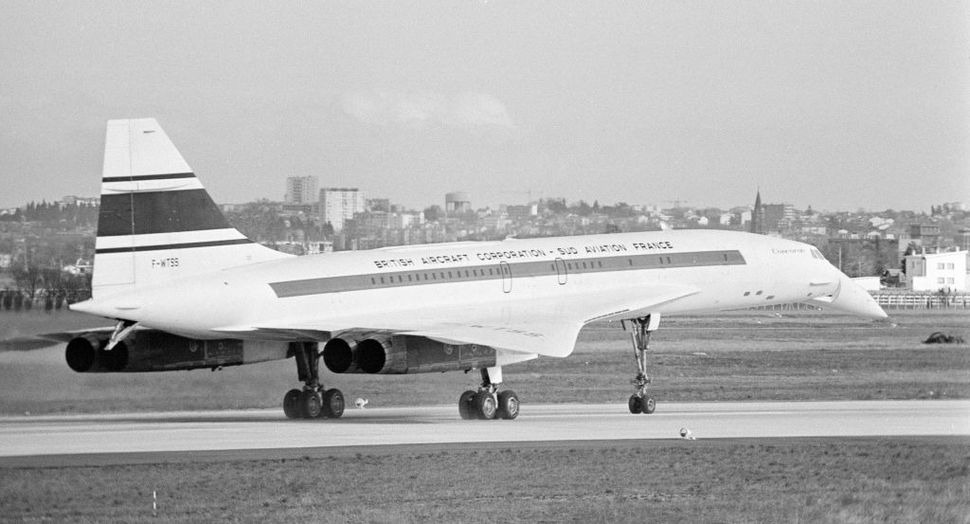
Caption: Concorde 001 chasing the Moon’s shadow on Earth.
A Magical Celestial Show
As the Moon obscured the Sun, the sky plunged into darkness, leaving only a vibrant crown. Passengers marveled at the spectacular sight of the Sun’s corona, solar flares, and other optical phenomena.
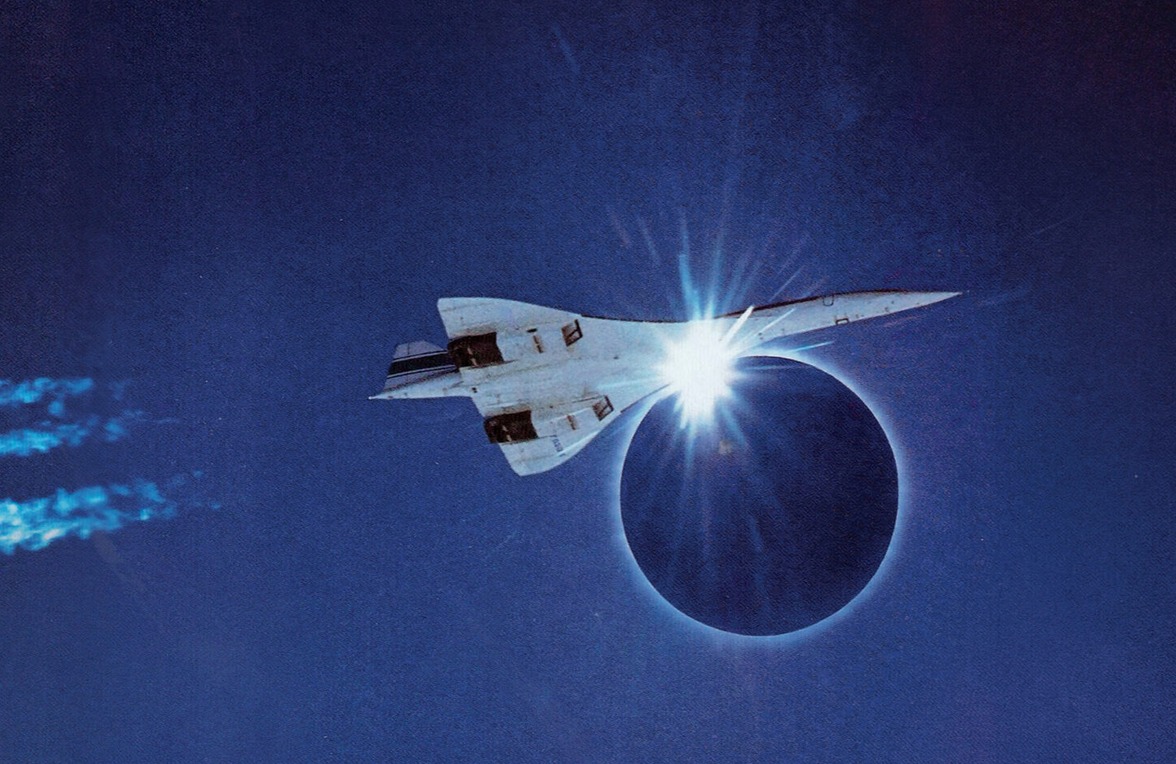
Caption: Astronomical phenomena observed during the total solar eclipse.
In addition to witnessing the 74-minute total solar eclipse, the scientists also observed the “first contact,” which lasted for 7 minutes, and the “third contact,” which lasted for 12 minutes — the beginning and end points of the eclipse.
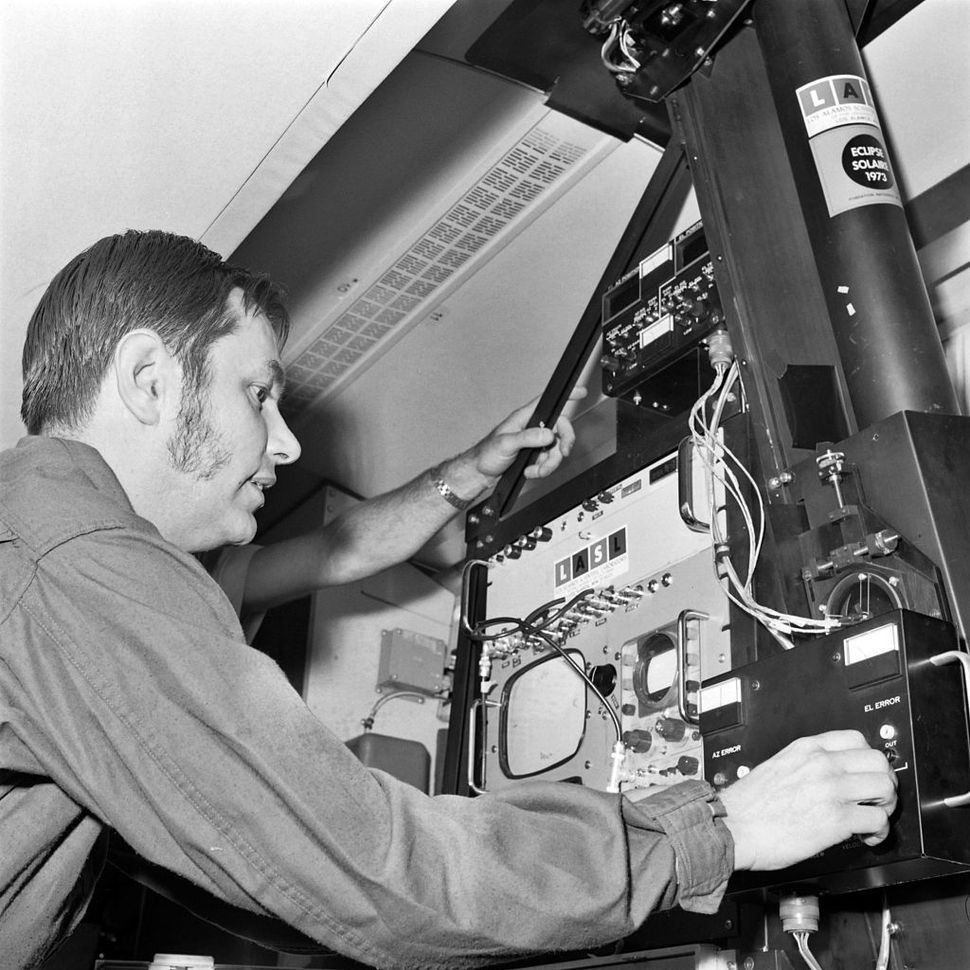
Caption: Passengers on Concorde 001 observing the eclipse.
Concorde’s Legacy
The flight of Concorde 001 marked a significant milestone in science and technology, providing humanity with a unique experience that ignited a passion for space exploration and expanded our understanding of the universe.
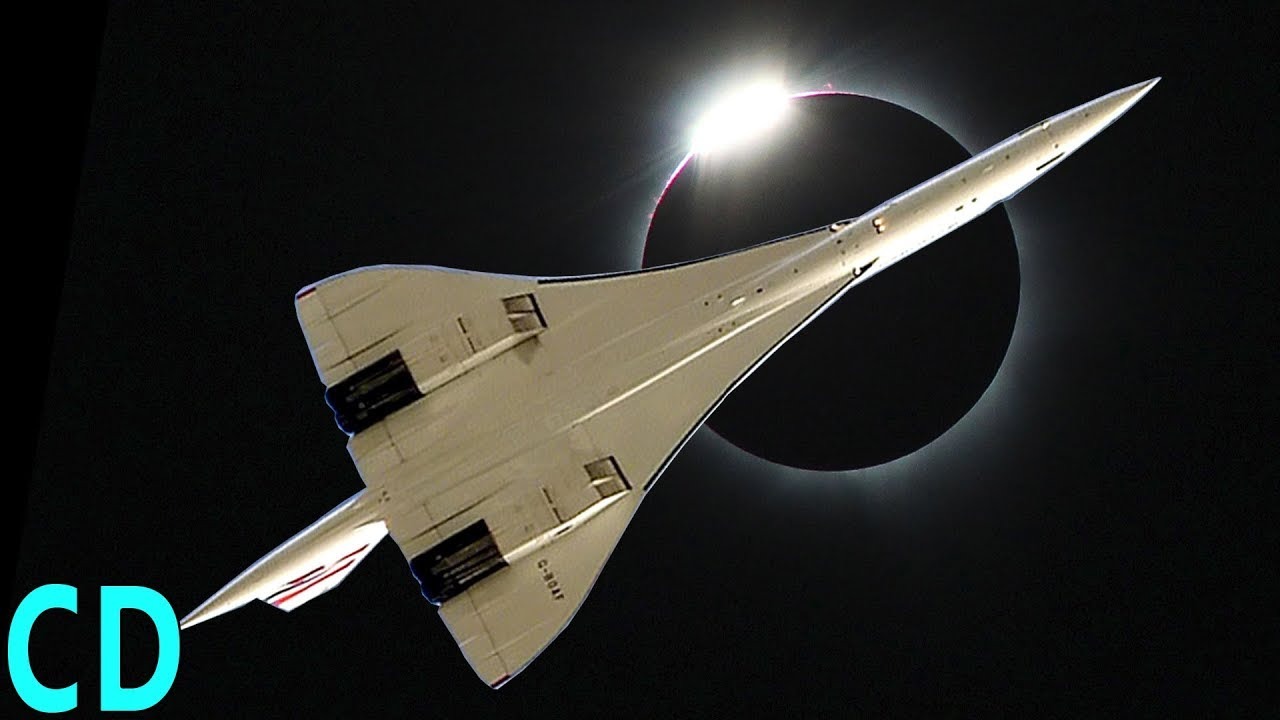
Caption: Concorde 001, an icon of science and technology.
This remarkable achievement continues to inspire generations, especially the youth, to pursue careers in science and astronomy. The collaborative effort of scientists, engineers, and pilots from various nations exemplified the spirit of unity and cooperation in the field of science.
The legend of Concorde 001 and its record-breaking 74-minute total solar eclipse observation remains unbroken, solidifying its place in the history of eclipse viewing.
Reference: Space; Iflscience
